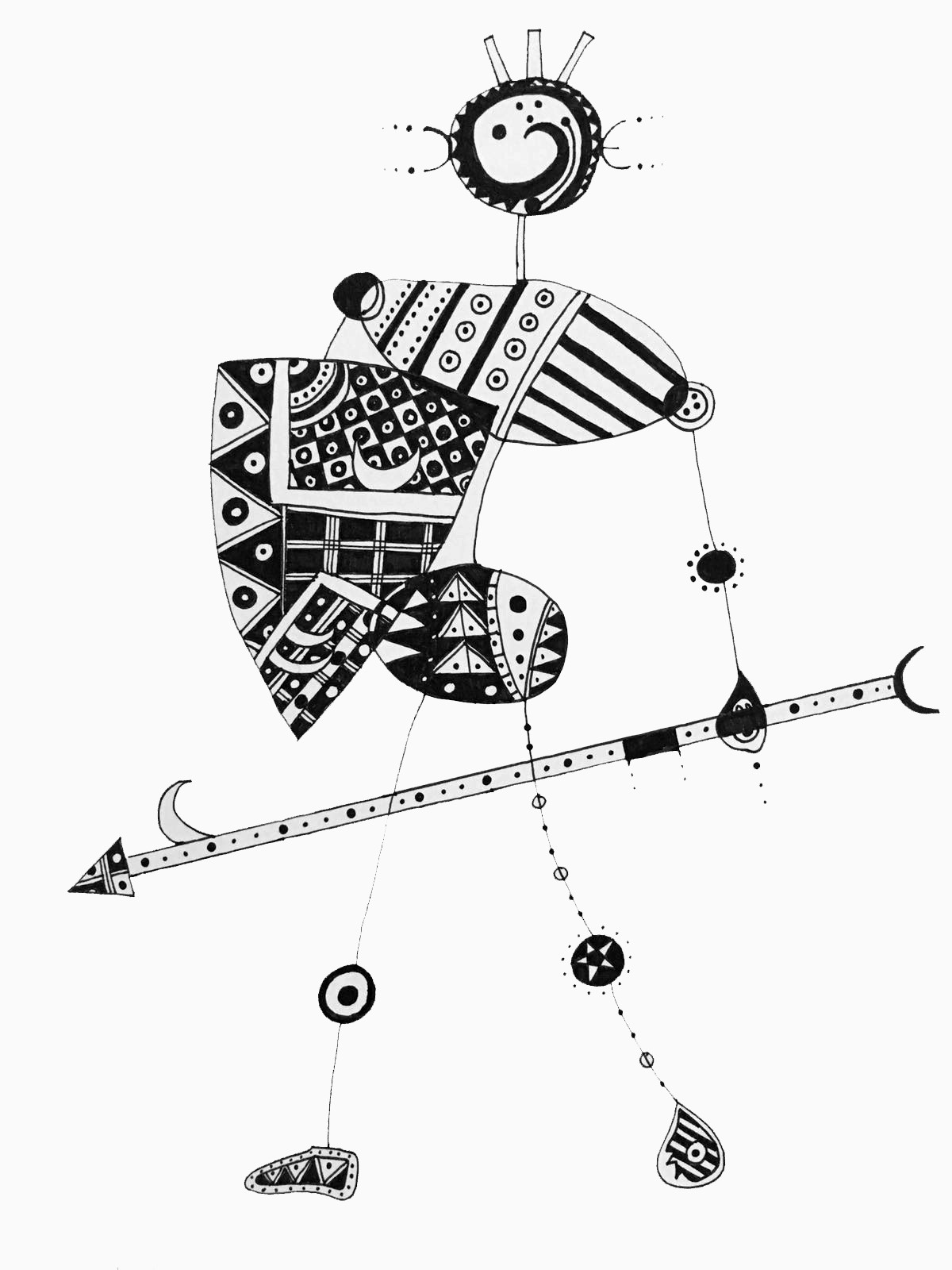Fraternité et chevalerie dans la version bourguignonne de "Florence de Rome" (Chantilly, Bibliothèque du château, ms. 652)
DOI:
https://doi.org/10.7203/tirant.22.15280 Resum
Resum
Résumé
La séparation entre arma et amor que nous pouvons constater dans les récits de chevalerie du XVe siècle amène les auteurs de ces textes à s’interroger autant sur les relations entre les chevaliers eux-mêmes que sur celles entre le chevalier et sa dame. En particulier, les liens unissant des chevaliers qui sont également des frères font l’objet de plusieurs romans de l’époque, comme par exemple la mise en prose bourguignonne de Florence de Rome, où les deux frères Milon et Esmeré, jeunes chevaliers hongrois, se disputent la main de l’héroïne éponyme. Dans la version de ce récit illustrée par l’artiste surnommé le « Maître de Wavrin » (Chantilly, Bibliothèque du château, ms. 652), les tensions entre fraternité et chevalerie passent au premier plan – dans le texte comme dans les images – jusqu’à prendre toute une dimension éthique et politique. Comme nous le verrons, la façon dont les deux frères se comportent entre eux en dit long sur leur aptitude à mériter non seulement l’amour de la dame, mais le gouvernement d’un royaume entier, livrant ainsi une leçon à la fois poignante et incisive sur les mœurs chevaleresques à la fin du Moyen Âge.
Abstract
The separation of arma and amor that can be found in the chivalric tales of the fifteenth century allows the authors of these works to devote as much attention to the relationships between knights as to those between a knight and his lady. In particular, the bonds between knights who are also brothers are examined in various texts of the period, such as the Burgundian prose reworking of Florence de Rome, in which the brothers Milon and Esmeré, two young knights from Hungary, vie with each other for the hand of the eponymous heroine. In the version of this romance illustrated by the artist known as the « Wavrin Master » (Chantilly, Bibliothèque du château, ms. 652) the tensions between brotherhood and knighthood are foregrounded in both the narrative and its accompanying miniatures to the extent of taking on a political and ethical dimension. As I argue here, the way in which the two brothers act towards each other can be seen as an indicator of their suitability not only as the lady’s prospective husband but also as the future ruler of a realm, thus providing a trenchant and incisive lesson on chivalric mores at the end of the Middle Ages.
 Descàrregues
Descàrregues
Descàrregues
Publicades
Com citar
-
Resum499
-
PDF169
Número
Secció
Llicència
Tots els documents inclosos a ojs són d'accés lliure i propietat dels seus autors segons llicència Creative Commons 4.0 Attribution International:



